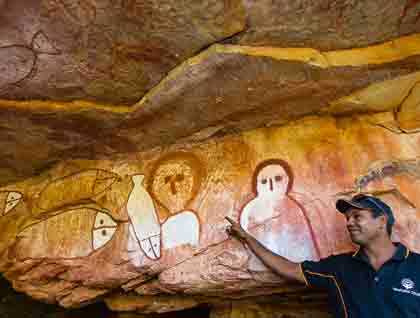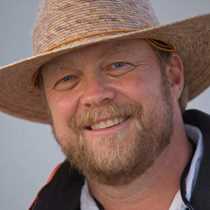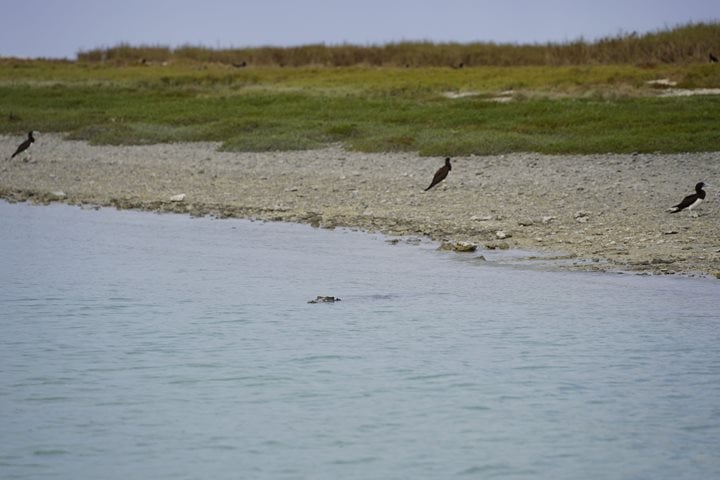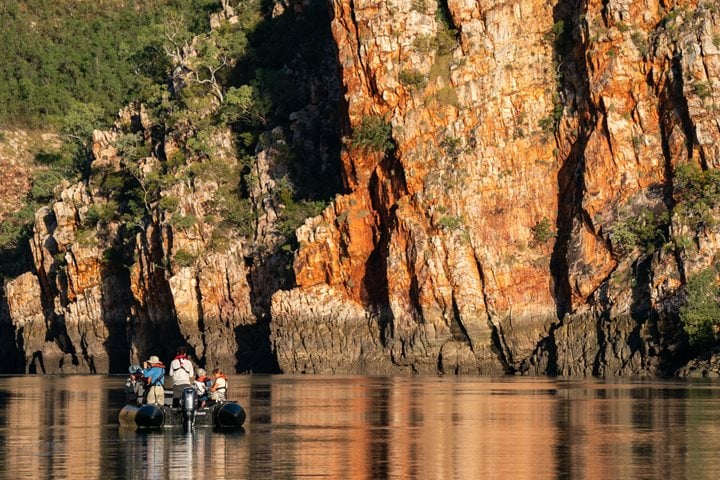Today the National Geographic Orion continues its exploration of the remote Kimberly region along the northwest coast of Australia, arriving at Raft Point just after sunrise. This area is home to the Worrorra people, an indigenous culture that dates back thousands of years and remains alive today.
After landing at Raft Point we are met by Donny Woolagoodja, a well-known indigenous artist whose work was celebrated at the opening of the 2000 Olympics in Sydney. After an official welcoming ceremony of our own, we are invited to visit one of the best Wandjina rock art sites in the Kimberly region. We make the short but steep climb to the site where we learn some of the stories behind the figures and motifs. We photograph the amazing paintings on ancient sandstone, which are sheltered under a rock overhang with a commanding view of the surrounding countryside.
During lunch the Orion repositions a short distance and anchors alongside Montgomery Reef. One of the natural wonders of the Kimberly coast, Montgomery Reef is the largest inshore reef in the world, covering more than 400 square kilometers (154 square miles) extending nearly 80 kilometers (50 miles). The reef is composed of unique ecosystem of corals and algae that become exposed with the falling tides, and is home to a great variety and abundance of marine life, from sharks and rays to sea turtles. The tidal movements create hundreds of cascades along tidal channels that cut through the reef.
Taking advantage of the falling tide and short window for navigating the tidal channels, we take the Zodiacs for a close look. When the tide is low, the table is set for the birds and marine creatures that call the reef home. As far as the eye can see, wading birds are seen darting back and forth feeding on small fish and crabs, including gray and white reef egrets, herons, and curlews. On one boulder of reef rock an osprey eats a fish right in front of the boats. Meanwhile, under the water, green sea turtles are also taking advantage of the bounty, feeding in the shallows and swimming in every direction.
And, as we have come to expect from the staff and crew on board the National Geographic Orion, a surprise awaited us with drinks and a snack on a small sandbar just outside the channel. It’s hard to imagine a better way to experience all the Kimberly region has to offer.







